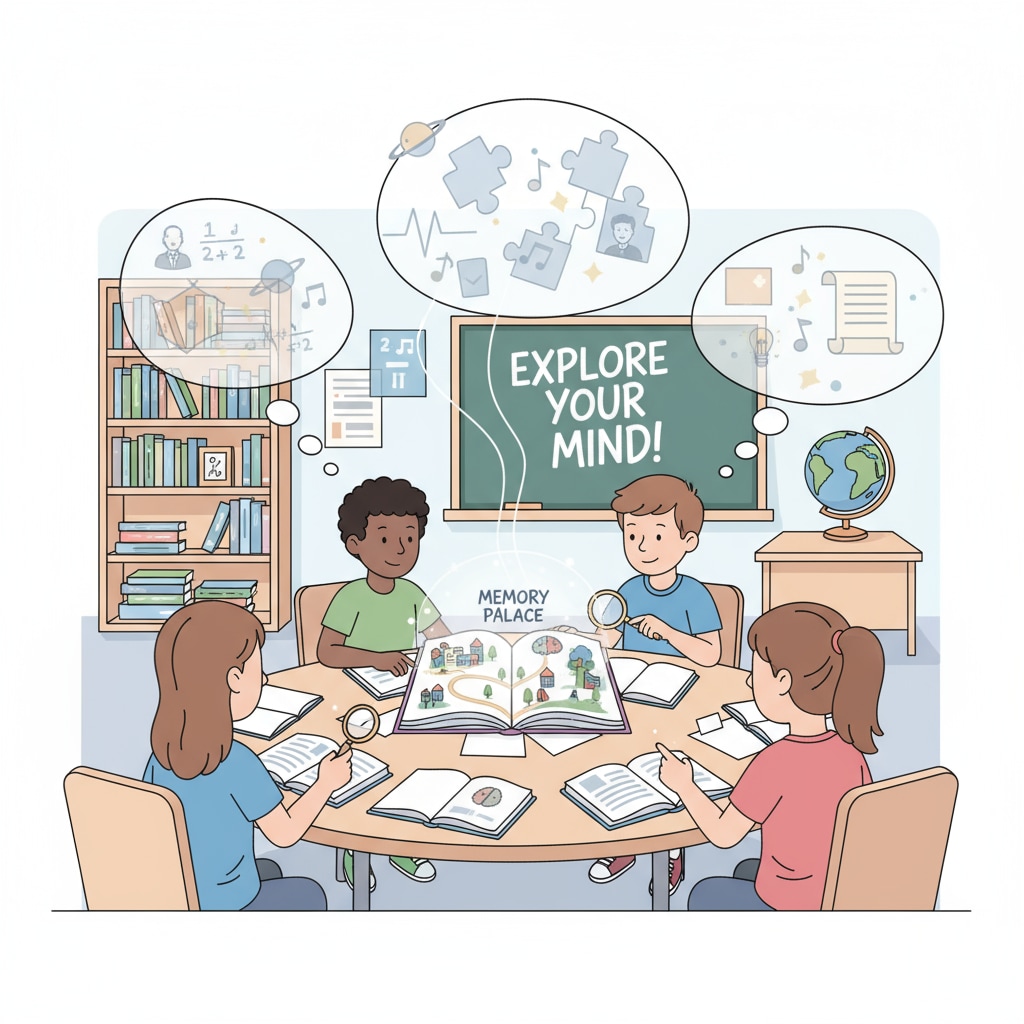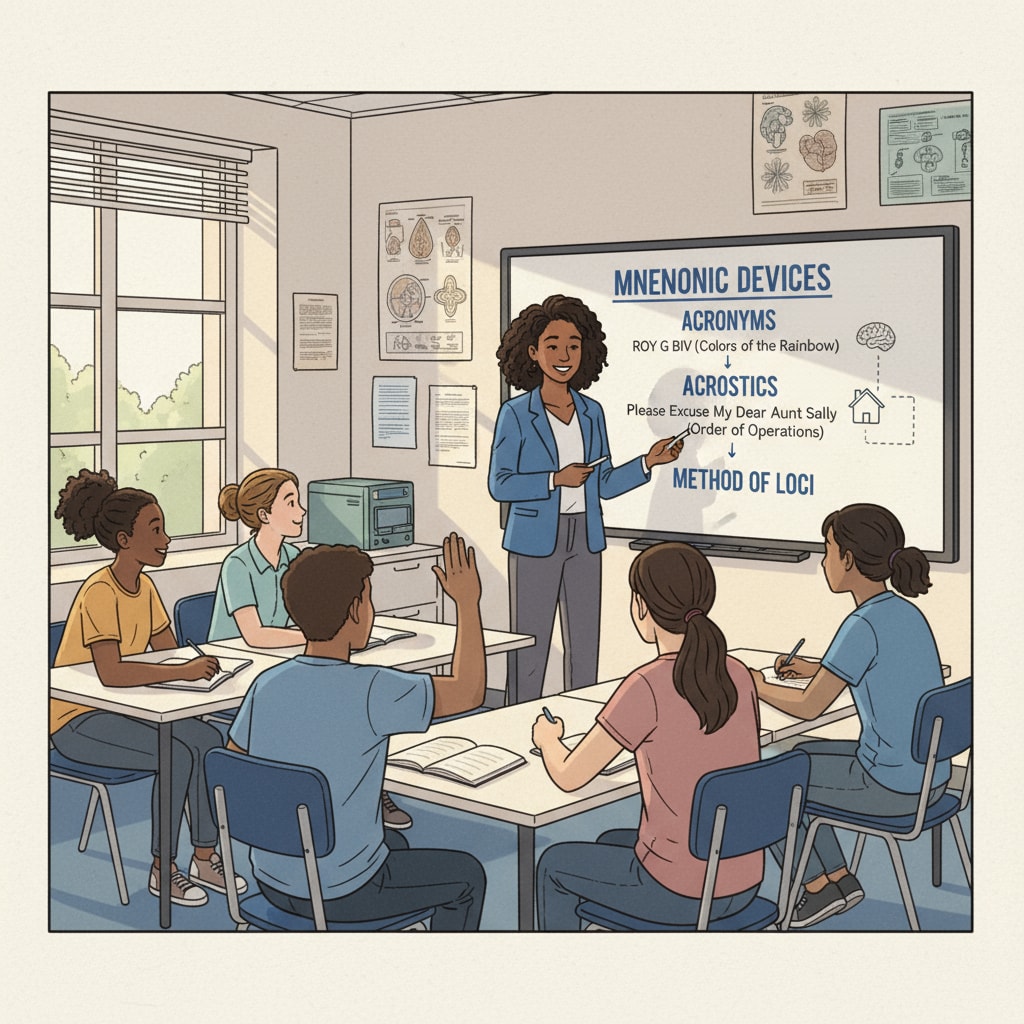Photographic memory, memory enhancement, and memory development have long been subjects of fascination in the field of education, especially in the K12 stage. The idea of having a photographic memory, the ability to recall information with extreme precision after a single exposure, seems like a superpower. But is it truly a gift from birth or a skill that can be learned? Let’s embark on a scientific exploration.

The Myth and Reality of Photographic Memory
There are many myths surrounding photographic memory. Many people believe that those with this ability can remember every detail of a scene or a page of text effortlessly. However, the scientific reality is more complex. True photographic memory, also known as eidetic memory, is extremely rare. According to Wikipedia’s entry on eidetic memory, only a small percentage of children, mostly under the age of 12, may exhibit some eidetic-like characteristics, and these abilities often fade as they grow older.
Memory Development in K12
In the K12 stage, memory development is a crucial aspect of learning. The brain is constantly growing and changing during this period. As students progress through different grades, they are exposed to a vast amount of information. Teachers and parents play a vital role in fostering memory development. For example, using mnemonic devices can be an effective way to help students remember complex information. These devices can turn facts into memorable chunks, making it easier for the brain to store and retrieve.

Memory enhancement in K12 can also be achieved through regular practice and repetition. By reviewing learned materials at intervals, students can strengthen the neural connections associated with that information in the brain. This is in line with the principles of spaced repetition, which is supported by research from Britannica’s research on memory psychology.
Another important factor is the creation of a conducive learning environment. A stress-free and engaging environment can enhance a student’s ability to focus and retain information. When students are interested in what they are learning, their brains are more likely to commit the information to long-term memory.
Readability guidance: As seen above, we break down complex ideas into short paragraphs. Each H2 section has clear explanations and relevant examples. We use external links to reliable sources to support our claims, and transition words like “however”, “for example” are used to make the flow of the article smooth.


